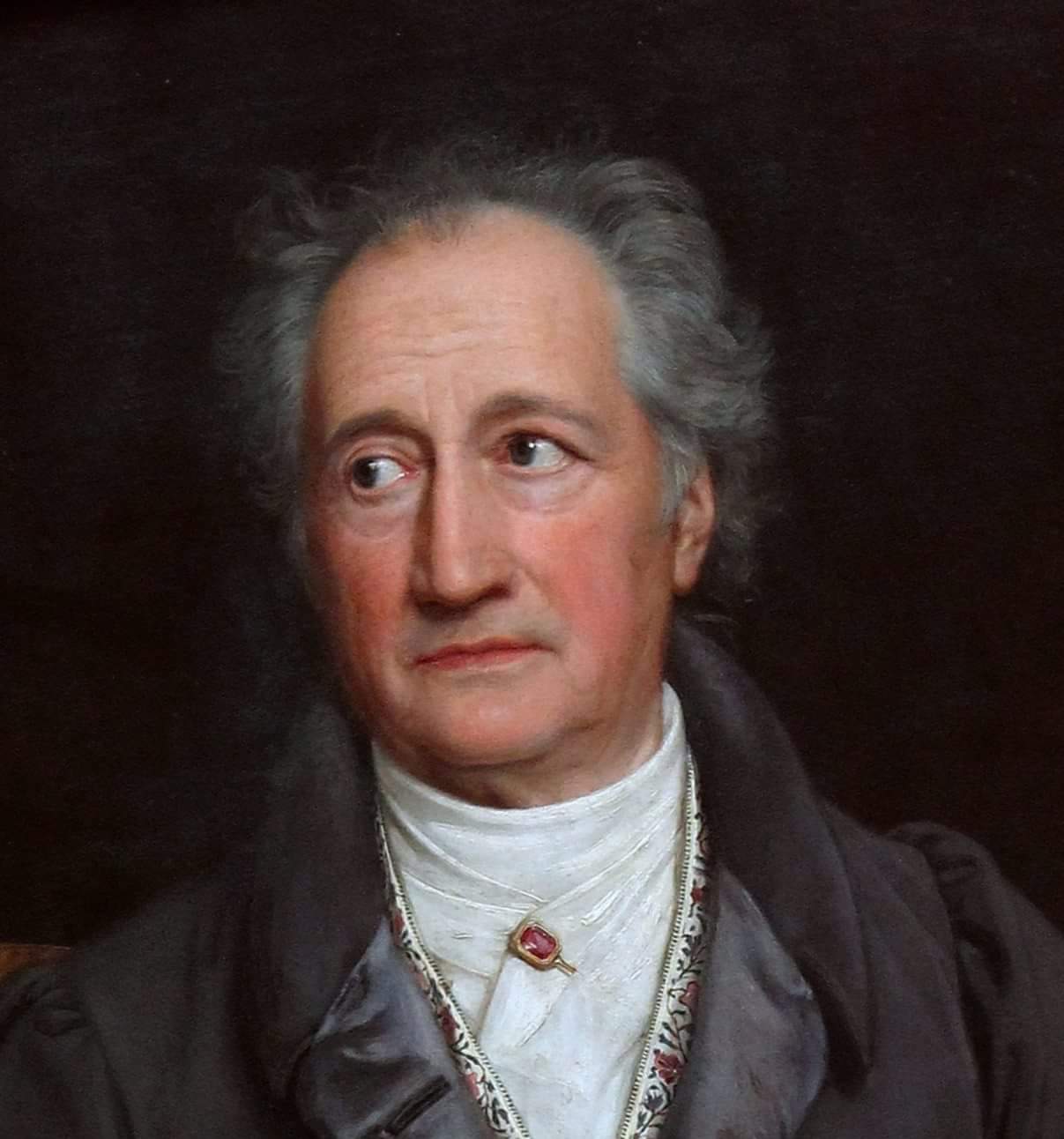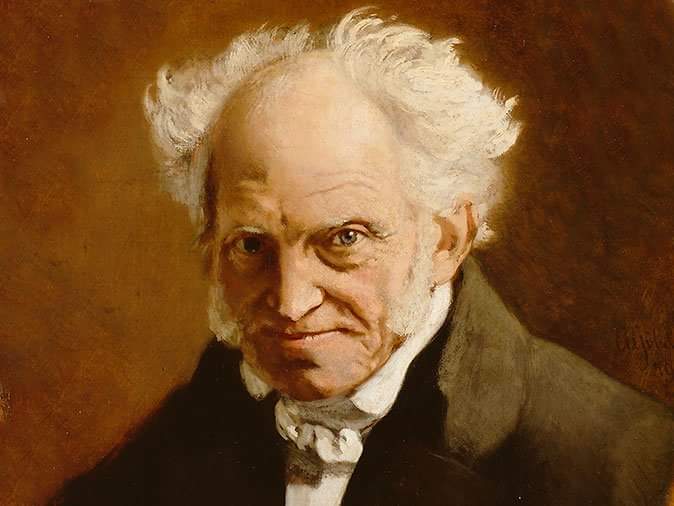In literature:
our rising writer from India (Northeeast) Mr. Salil Gewali has recently published an article which is a great tributary work to indowestern literature.
"Western intellectuals spellbound by Sanskrit literature"
It is for the astounding richness of the Sanskrit language a renowned linguist Sir William Jones first translated Kalidasa’s Shakuntala from the original Sanskrit into English in 1789. This stirred the mind and heart of the top European intellectuals that include Johann Goethe, Gottfried Herder, Friedrich Schiller, August Schlegel, Wilhelm von Humboldt, et al. Very impressed by the language and its philosophical plot the father of the German literature (J. Goethe) learned Sanskrit on his own. And, he plunged into this ancient play Shakuntala for the whole thirty years. He even wrote an insightful poem eulogizing this play. Again, George Forster translated this Kalidas’s work into German in 1791. In a span of some decades sprouted 46 translations into fourteen European languages. On the other hand, the translation of the Bhagavad Gita by Charles Wilkin in 1784 and Upanishads by Anquetil Duperron in 1801 opened up unprecedented vistas for the philosophical regeneration hitherto unknown in the European literature. The doctrines of Vedanta such as ‘Oneness of the universe’, interdependence and interconnection of all entities and all particles seemed very plausible to the philosophically rational psyche of the western scholars.
Again, one of the fathers of Modern linguistic Franz Bopp and a great philosopher Friedrich Schlegel, both from Germany, laid the revolutionary foundation of the comparative linguistic by freely borrowing from Panini’s “Ashtadhyayi ” which was later further developed by the language giants like Ferdinand de Saussure, Leonard Bloomfield and Noam Chomsky. Panini, who was an enlightened sage of 4th BC India, was the first to systematically put down the comprehensive Grammar of Sanskrit language. This treatise consists of about 3959 sutras which can handle the nuances and intricacies of any languages in the universe, empirically and anatomically.
Having been too bewitched by the Sanskrit language a most renowned American linguist Leonard Bloomfield exclaims --- “It was in India,
however, that there arose a body of knowledge which was destined to revolutionize European ideas about language. Panini Grammar taught Europeans to analyze speech forms; when one compared the constituent parts, the resemblances, which hitherto had been vaguely recognized, could be set forth with certainty and precision." Yes, here at home we prefer to call Sanskrit a dead language, and instead, with enthusiasm and hubris choose to learn German.

Hi! I am a robot. I just upvoted you! I found similar content that readers might be interested in:
http://www.sanskritimagazine.com/india/sanskrit-language-mesmerized-western-intellectuals/
Hi, tnq so much buddy.n yes why not.i m a big fan of mr.Gewali n i jst want to promote him nd his work..😀
Not indicating that the content you copy/paste is not your original work could be seen as plagiarism.
Some tips to share content and add value:
Repeated plagiarized posts are considered spam. Spam is discouraged by the community, and may result in action from the cheetah bot.
Creative Commons: If you are posting content under a Creative Commons license, please attribute and link according to the specific license. If you are posting content under CC0 or Public Domain please consider noting that at the end of your post.
If you are actually the original author, please do reply to let us know!
Thank You!
More Info: Abuse Guide - 2017.
U have nice name,nd ur steemit profile is juz wow..impressed..👍🙏